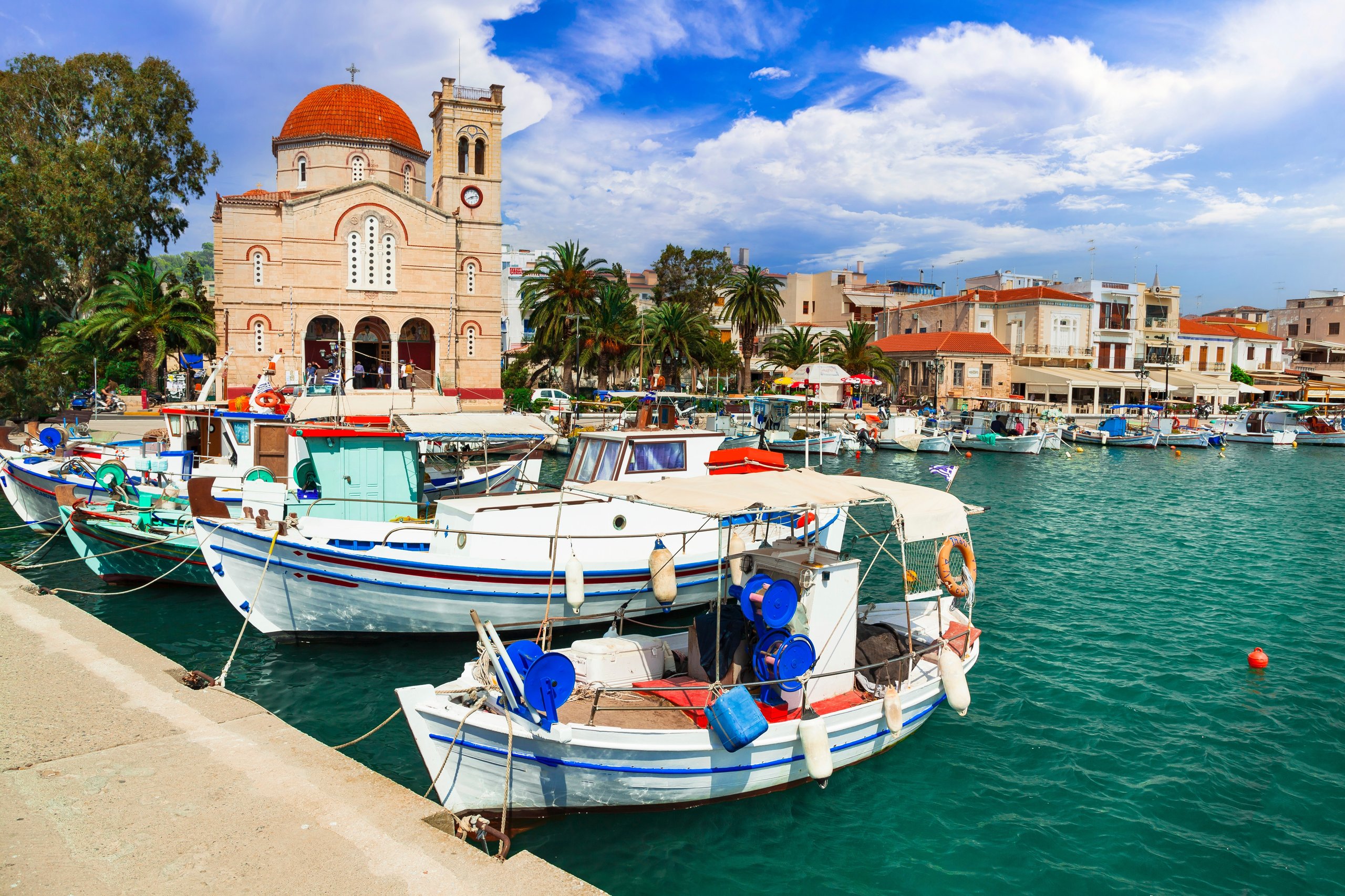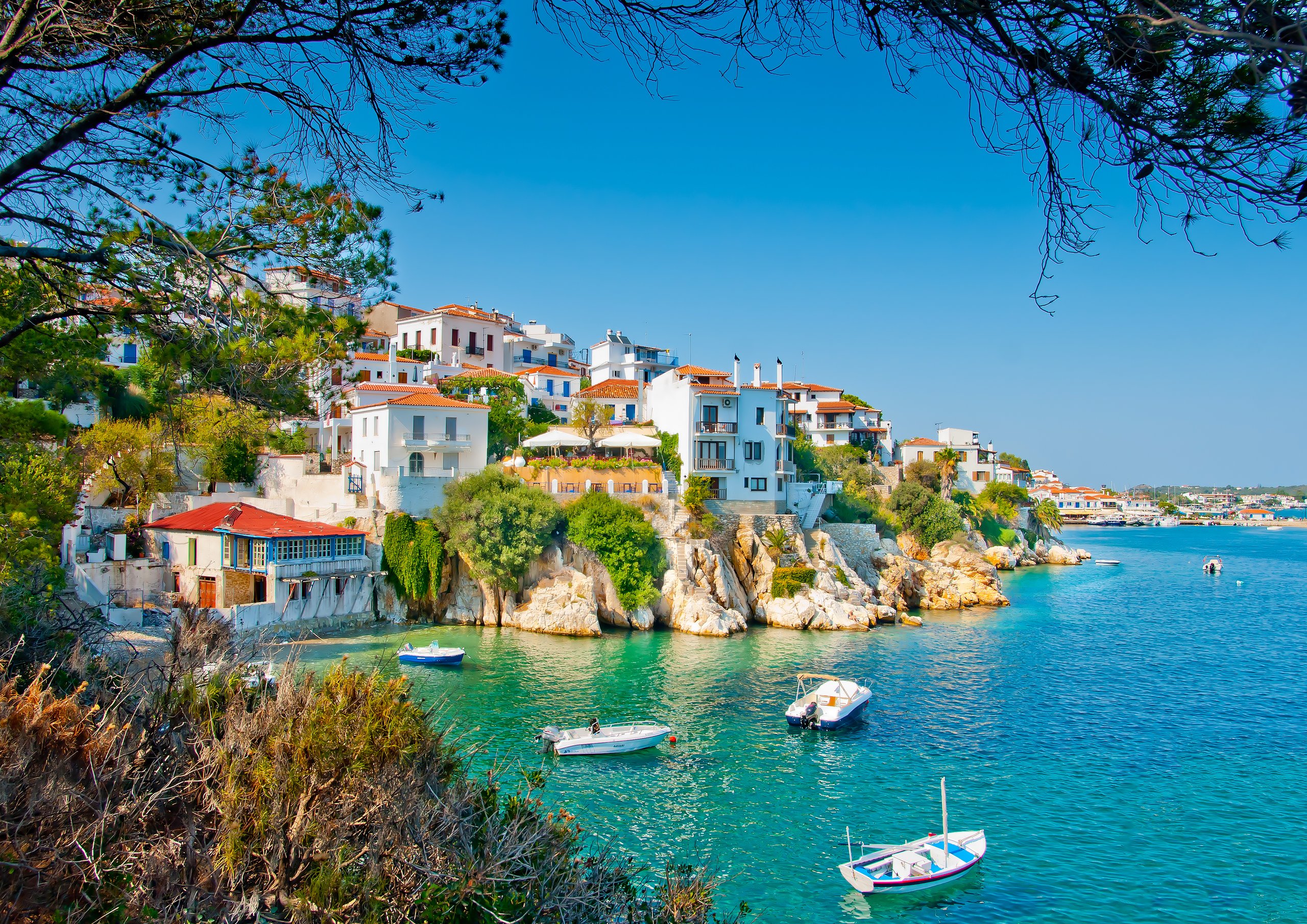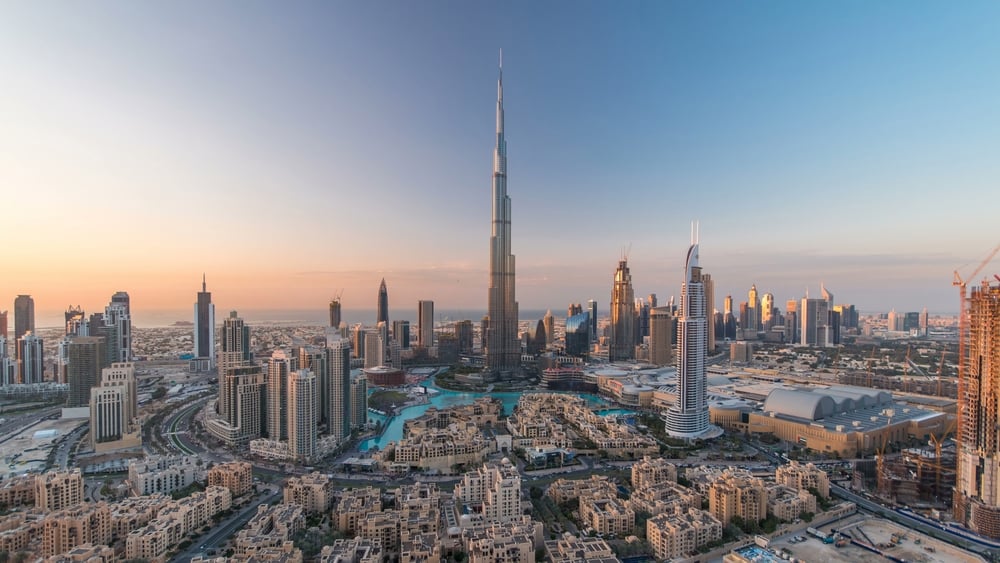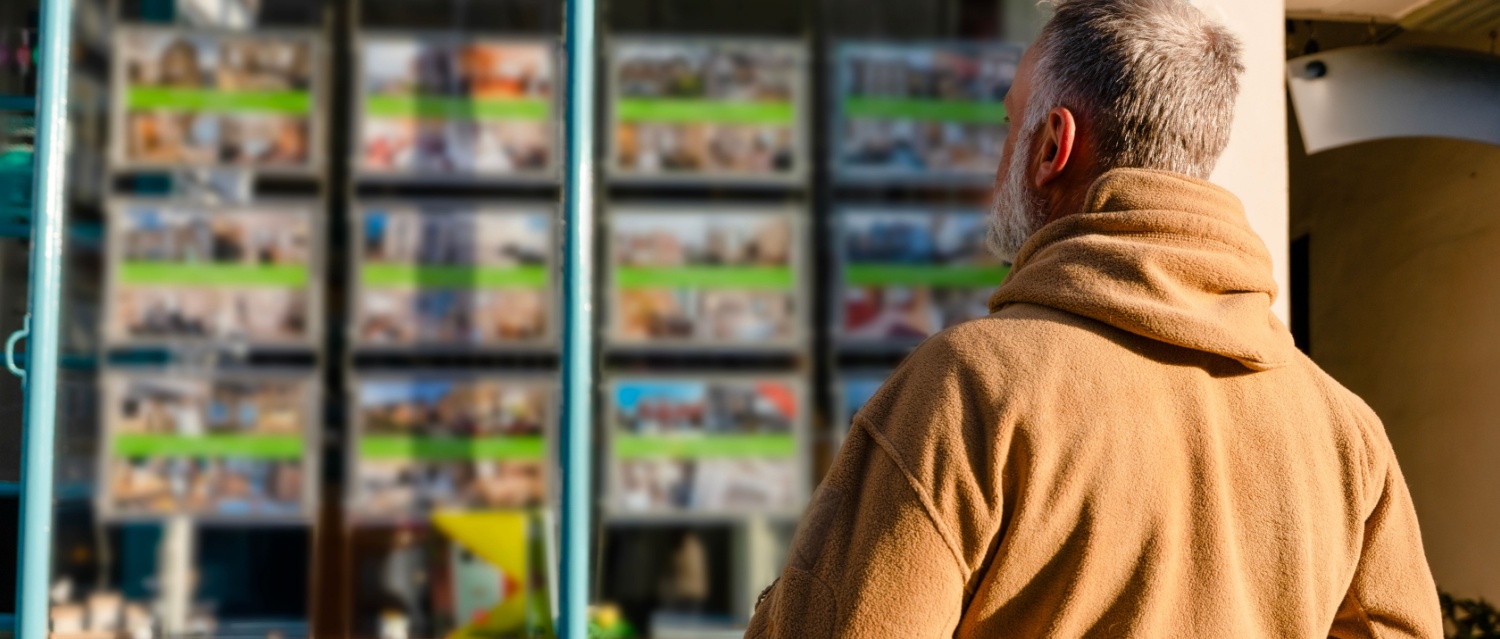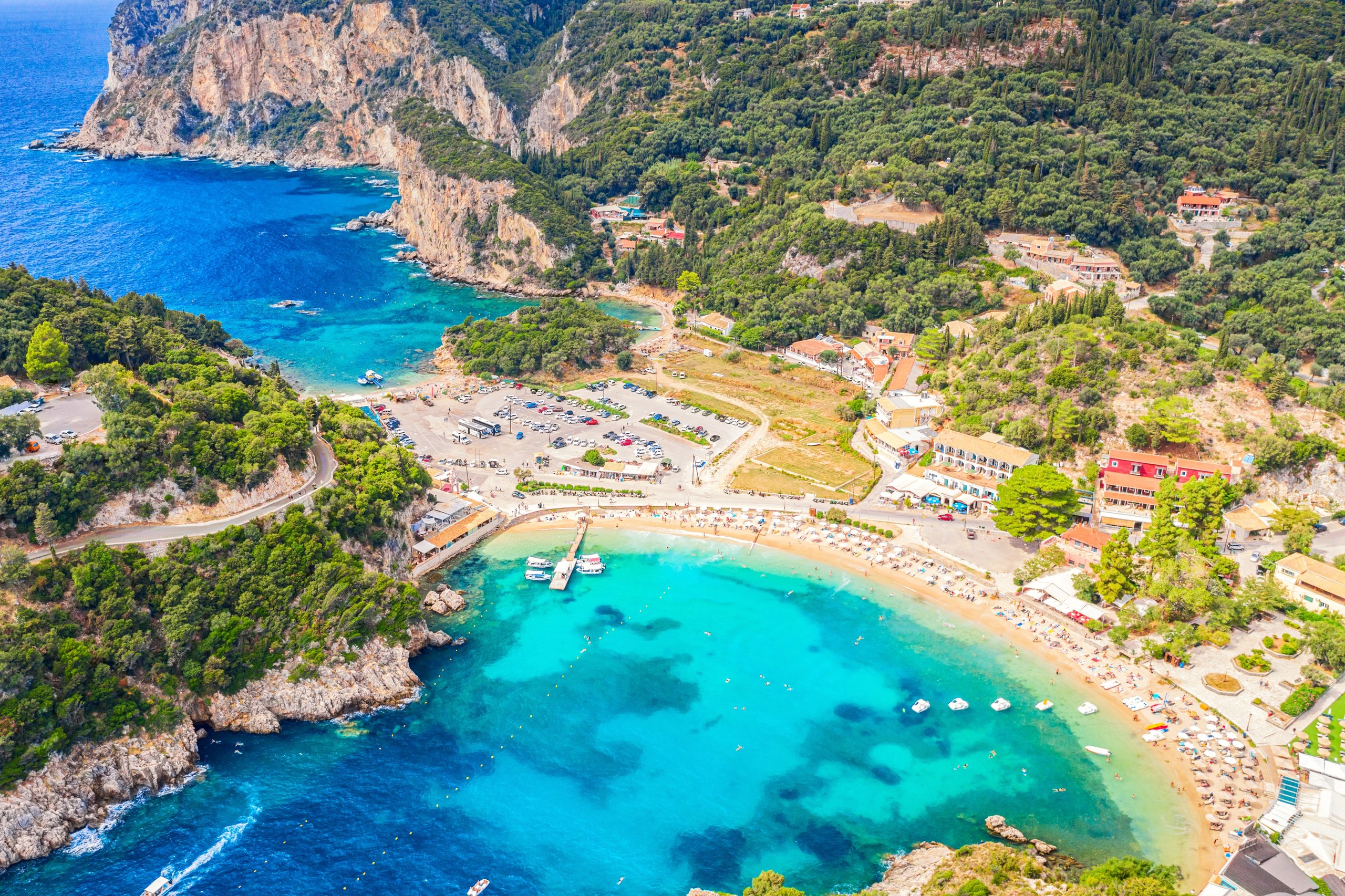If you are considering buying a country house in Italy, there are several questions to think about. These will begin with finding the right location, followed by things you should ask at the house viewing.
Buying a country house in Italy? Here’s what you need to know
Where can I find country houses for sale?
If you dream of a stone farm house perched on a hill, with Cypress trees bordering the lane, then you’ll probably be drawn to Tuscany or Umbria. However, many Italian regions have beautiful countryside and charming country houses and elegant villas. Let’s look at a few…
Emilia-Romagna has lovely countryside and is great for foodies. In Marche, Abruzzo and Molise you can get more house for your money and the scenery is stunning. Although, you may want to consider how far your dream home is from an airport.
If you love sunny dry weather, head south to Puglia or the islands of Sicily and Sardinia. Here, property styles are designed more for a Mediterranean climate with high ceilings and smaller windows, but they can still have lots of character, such as the trulli and masserie in Puglia.
If you like the idea of walking in the hills and mountains, then all the northern-most regions offer stunning scenery. Lombardy is the most well known, due to its lakes, however, neighbouring Piedmont has some large country houses at excellent prices.
Is the countryside good for holidays?
An increasing number of people are wanting to spend holidays in a country house. The countryside offers a relaxing escape from a busy life. Many people are happy to totally switch off and unwind on a terrace with a countryside view. However, when you have guests, they may also want to explore the area, so it’s definitely a plus if there are activities and places to visit nearby.
Popular activities in the countryside include hiking, cycling, horse riding, rock climbing and river rafting. Even the most chilled guests tend to enjoy a trip to a nearby restaurant or bar, to taste the local specialities. It’s an enjoyable pass time in itself to visit local villages and discover local craftspeople and traditional events.
Many regions also offer wine tours and guided cycling and walking routes. It’s great to take your visitors out to a tourist attraction such as an art city, archaeological site, castle, National Park or seaside resort. Therefore, a perfect location would be a reasonable distance from a place that interests you. After a busy day out there is nothing better than returning to your own little part of the Italian countryside.
How do I find a good countryside location?
Whether buying a house for yourself or to rent out to tourists, you probably don’t want to be in the middle of nowhere. Once you have found a region you like, decide how far you are willing to drive from an airport and concentrate on that area. When looking at property also consider what else you would like to have on your doorstep, such as shops, restaurants and attractions.
Is the house near to transport links?
When buying a countryside home, it is most likely you are going to need a car. If you plan to rent your property to holiday makers, they will also need access to car hire and good roads. It’s worth also checking bus and train links to the airport and nearby towns. In some parts of the country availability of ferries, cable cars and bike routes may also be of interest.
Is the house easy to get to?
Look at the condition of the roads leading to the property. Will a delivery driver find it too steep, narrow or muddy? While admiring the amazing view into the distance, consider how far you are prepared to drive to get a pint of milk. What is the driving time to the nearest town, shop, airport, school, doctor and hospital? You may be fit and well now, but an illness or injury can affect anyone at any age.
Could I use the property in winter?
Some of the smaller countryside villas were designed for summer holidays and weekend breaks. While the British take a break in a caravan or tent, Italian’s spend time at their small villa in the countryside. For this purpose, they only need the very basic of facilities and the building itself might only have been built for this simple summer use in mind. To use it year-round, you may need a bigger kitchen, heating and wall insulation.
Is it a quiet area?
It’s easy to assume that a countryside house is always going to provide a tranquil haven, free from noise. In most cases this will be true, but if you don’t check out the area, you could discover later that the sound of DJ music carries for miles and the local hotel hosts regular parties outside. Also, look out for nearby factories, quarries and motorways. In the hunting season, you might also hear shooting on a Sunday morning.
Where are the boundaries?
When you view a country house with land, take a walk around the boundaries and note if it has fencing or walls. The cost of fencing a large plot can work out expensive but may be necessary to keep out wild animals or hunters.
Can I maintain the land myself?
Country homes often come with land, so it is worth considering whether you will be able to maintain the land yourself or need to budget to get in help. This might not be very expensive if a local farmer is willing to do a deal in exchange for the produce or the wood from the pruning. Ask if the current owner receives an EU subsidy for maintaining the crop producing land.
It is certainly nice to have land around, as it offers maximum privacy. It is also rewarding to maintain it yourself and proudly pick your first crop. A tractor with equipment, chainsaw and axe, and a strimmer should cover the major jobs. There are certain requirements to reduce the risk of fire, such as ploughing a fire break around your land and not having bonfires in the summer.
Is the house structurally sound?
Don’t be taken in by the newly whitewashed walls; make sure you thoroughly inspect the building. This is especially necessary in areas that have had some seismic activity. Here are a few things to look out for.
Firstly, look at the ground around the building. Has there been any landslides, subsidence or flooding? Check for signs of damp and stress cracks. Mould might be a sign that it’s only a single skin wall or there is rising damp from lack of a damp course.
Secondly, try and get a good look at the roof and any timbers in the property. It’s amazing the damage one little leak can do. Make a note of how many wooden windows, doors and shutters might need replacing. New timbers, windows and doors can be a big expense. If you are seriously interested in purchasing the property, get a local geometra (surveyor) to take a look at it, before you make an offer.
Does it have a good electric supply?
Always ask how much electric is supplied to a country house. Many countryside homes are only supplied with 3.5 kilowatts, but if you plan on living there year-round, and using a lot of electrical appliances, you will want to be connected to a minimum supply of 5.5 kilowatts.
For properties needing renovation the cost of total rewiring will need to be taken into consideration. Even if the wiring is good, you may find you need extra sockets that take a European two pin plug, rather than the old Italian three pins in a row.
If the building has never been connected to an electricity supply, you will need to make an application immediately after purchase as it can take several months for the electricity company to install the extra poles. You may also want to install photovoltaic panels to reduce your bills.
Does a country house have mains water?
Two important questions when viewing a country house are: Where does the water supply come from? And where does the waste water go? If it is not on the mains, it might have an artesian well which just requires electric to pump the water up from the water table.
In the past, some old houses collected rain water from the roof into an underground water tank (cisterna). Many of these tanks are still used, but owners instead have the water delivered by truck. You need to be aware what the charge is for this service and check you receive the correct amount (this also applies to gas).
Sometimes waste water goes into a septic tank that needs to be collected by truck. If the property needs all new plumbing, waste water pipes and septic tank, as well as the cost of installation, also consider where this piping will go. Will it involve pulling up stone floors and digging deep trenches across the garden?
What heating is used in the countryside?
When viewing on a hot summers day it is easy to forget about heating, but you will need some in the winter, even in Southern Italy. So, don’t forget to check out what is already there and what additional heating maybe needed for all year round living.
Wood burning stoves are great, and if the house comes with plenty of trees, even better – free wood! Pellet stoves are also popular. With the increase in gas prices, many people are now looking at installing photovoltaic panels that produce cheaper electric and mean you can install air conditioning units that also do heating.
Can I get internet in the countryside?
If the house isn’t connected to the internet in the local town, it will probably be using a wireless internet provider or satellite internet provider. The quality of the service and signal can vary greatly within quite a short distance. Ask the current owners or a neighbour what they use. You might spot the small receiver box on the roof connected to a Wi-Fi box in the house.
Can I receive post in the countryside?
Some country houses can receive post, if within the designated area of the local post office. If it doesn’t, there will be a business in the local town which will take in post and parcels for you. This might be a tobacconist or book shop. They usually charge a very small handling fee for each parcel. You can have Amazon orders sent to collection points for free.
How easy is it to renovate a country house?
If you fall in love with a property that needs some renovation, we would recommend getting a local geometra to look at it. Ask them if they can do a survey of the building and make recommendations on what work needs doing. For alterations and extensions a geometra can draw up the plans and submit them too.
However, we would recommend buying a property the size you need from the start, as planning permission can be a costly and lengthy process. The geometra may also recommend local tradespeople and offer to project manage the work. Get several quotes. Most importantly, make sure the quotes are in writing and list every thing that is included. Don’t pay money upfront.
Is it cheaper to live in the countryside?
The cost of living in the countryside mostly depends on how you set up your energy supply and heating, and your consumption of it. With the extra space, you have the potential to have solar panels, photovoltaic panels for electric and wood for the log burner from pruning trees.
The design of the property can also help. For example, high ceilings and closing shutters during the day can reduce the need for air-conditioning, and a cool cellar room is a great place to escape the heat. While the running costs of a pool can be pretty high, it is also a great way to cool down.
Each municipality can adjust the local tax rate. Therefore, in an area providing a lot of public services, the rate might be high. Less wealthy regions tend to have lower taxes. If you don’t have rubbish collection from the door, then the refuge tax will also be lower in the countryside. It just means you will need to take your rubbish to a designated area.
You can also save money by growing your own food or buying directly from local producers. Ask the estate agent to get a list of the current owners running costs.
Do countryside houses have income potential?
Some countryside properties may already have a rental income, in which case you will want to see the accounts for this. For properties with new rental potential, check out what else is available in the area and compare what this property could offer. Does it look attractive in photographs? Does it have a pool and charming Italian features? How close is it to restaurants, the airport and places of interest? If the property has land, does this generate any income? Possibly from olives, grapes, fruit or nuts.
Is the building registered as a house?
Before making an offer, make sure the paperwork on the property is all in order, enabling a smooth fast purchase. Properties with multiple owners and parts of the building or land not registered on the deeds can cause big delays.
The registered plans of a house should show the rooms. If it is registered as a farm building but being used as a house, the usage should have been changed.
What’s the procedure when buying property with land?
First of all, the Municipality must be asked for the Urban Planning Destination Certificate (document which also shows any constraints). This is essential for the purchase of agricultural land. The estate agent should be able to show you a plan of the land, with all the numbered plots on it. On your final deeds all these plot numbers will be listed and you should check they are all there.
The sale of agricultural land is subject to the rule of the right of first refusal. Once you have made an offer, the tenant farmer currently farming the land and farmers who own the neighbouring plots must be offered the option to buy it at that price. The procedure is: The owner must notify the entitled persons, by registered mail or certified e-mail, attaching the preliminary sale contract. They then have 30 days to exercise their right. If they don’t then your purchase can proceed. It’s all just a formality, as they likely already know the land is for sale. But it is very important it is done to ensure there is no come back down the line.
When you purchase a country house with agricultural land, there will be a registration tax to pay on both. Calculated separately, the rate for agricultural land is 10%. The rate for the house is 3% for a non-luxury house to be used as your main residence, and 7% if it’s to be your holiday home. Remember this is calculated on the cadastral value, which should be much lower than the sale price.

